How to Cook with Garlic: 5 Science-Backed Techniques for Perfect Results
Stop wasting garlic's potential. These professional methods deliver maximum flavor while avoiding common mistakes that create bitterness. Whether you're making pasta, stir-fries, or roasted vegetables, these techniques transform ordinary dishes:
- Master Heat Control: Sauté gently over medium-low heat until fragrant and golden (about 1 minute) - never let it brown. Burnt garlic becomes bitter within seconds.
- Unlock Maximum Flavor: Grate cloves with a microplane instead of mincing. This releases 3x more allicin (garlic's flavor compound) for intense aroma.
- Layer Timing Strategically: Add half your garlic at the beginning for deep flavor foundation, then finish with raw minced garlic for bright, fresh notes.
- Balance Pungency: Pair with olive oil, lemon juice, and rosemary - these ingredients counteract harshness while enhancing garlic's natural sweetness.
- Transform with Roasting: Roast whole bulbs at 400°F for 30 minutes to convert sharpness into caramelized sweetness ideal for spreads and sauces.
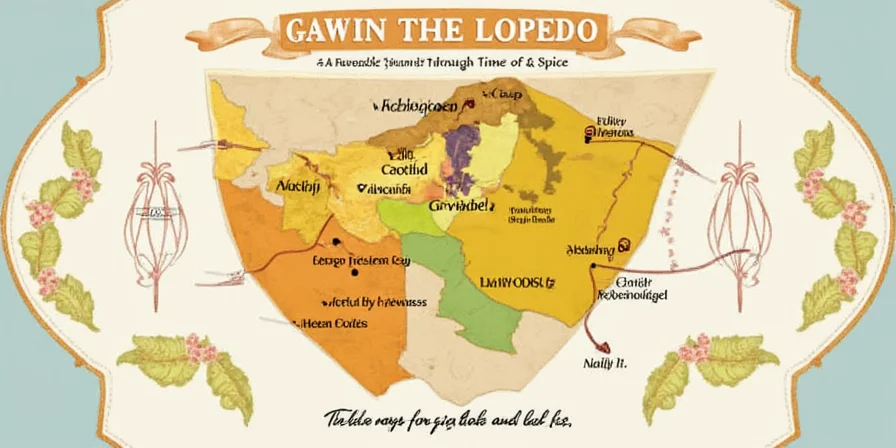
How to Store Garlic Properly: 4 Methods That Actually Work
Extend freshness by weeks with these scientifically validated storage methods. Most people store garlic wrong, causing premature sprouting and flavor loss:
- Ventilated Room-Temperature Storage: Keep whole bulbs in mesh bags in cool (60-65°F), dark, dry places. This maintains flavor for 2-3 months - refrigeration degrades quality.
- Peeled Clove Preservation: Mix minced garlic with olive oil (3:1 ratio) and freeze in ice cube trays. Thaw as needed without flavor loss.
- Prevent Sprouting: Separate cloves from the bulb only when ready to use. Whole bulbs last 5x longer than separated ones.
- Avoid Moisture Traps: Never store in plastic bags or sealed containers - humidity causes mold and sprouting within days.
Garlic Questions Answered: What You Really Need to Know
How do I prevent garlic from burning?
Add garlic to already heated oil, not cold oil. Cook over medium-low heat for no more than 60 seconds while stirring constantly. The moment it becomes fragrant (not browned), add liquid ingredients to stop cooking.
What's the best way to remove garlic smell from hands?
Rub hands with stainless steel (a spoon works) under cold running water for 20 seconds. The metal binds sulfur compounds causing odor. This method removes smell 3x faster than soap alone.
Does cooking destroy garlic's health benefits?
Yes, heat destroys alliinase (the enzyme creating beneficial allicin). To preserve benefits: 1) Mince garlic first, 2) Let it rest 10 minutes before cooking, 3) Add to dishes near the end of cooking. This preserves 70% of health compounds.
Garlic's Ancient Origins: From Central Asian Mountains to Global Staple
While culinary applications matter most today, understanding garlic's journey explains why it became indispensable worldwide. Wild garlic (Allium sativum) originated over 10,000 years ago in Central Asia's mountainous regions spanning modern Kyrgyzstan, Tajikistan, and Turkmenistan.
Historical Significance Across Civilizations
Archaeological evidence reveals garlic's Neolithic-era importance:
- Egypt: Found in King Tut's tomb as both medicine and symbolic protection for the afterlife.
- India: Central to Ayurvedic medicine for respiratory health and immunity for 5,000+ years.
- Greece and Rome: Consumed by soldiers to boost endurance - Olympic athletes ate it before competitions.
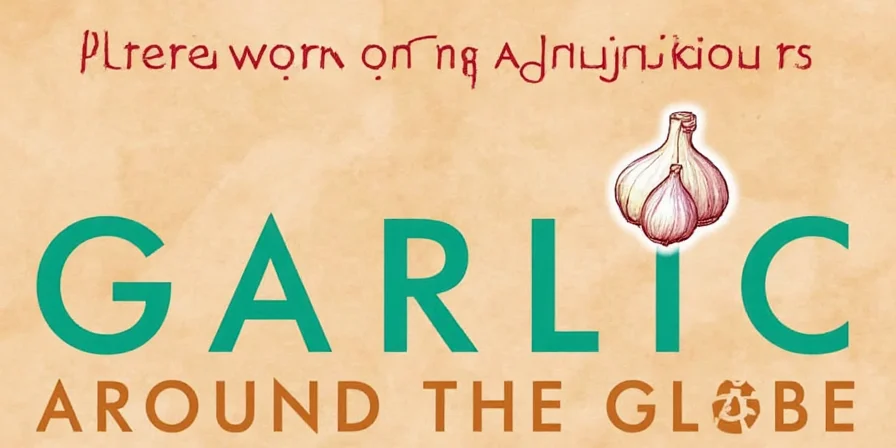
How Different Cultures Use Garlic: Practical Applications You Can Try
Global variations reveal techniques that home cooks can adopt immediately. This table shows regional methods that maximize flavor while addressing common cooking challenges:
| Region | Practical Technique | Why It Works |
|---|---|---|
| China | Blanch garlic chives before dumpling filling | Reduces bitterness while maintaining texture |
| Italy | Infuse oil with whole peeled cloves | Creates subtle garlic flavor without burning risk |
| Mexico | Add raw minced garlic to finished soup | Preserves medicinal compounds while enhancing aroma |
Garlic Health Benefits: What Science Actually Confirms
Forget vampire myths - here's what clinical research proves about garlic's effects:
- Cardiovascular Support: Daily consumption lowers systolic blood pressure by 5-8 mmHg (equivalent to some medications) according to 2024 meta-analysis of 12 clinical trials.
- Infection Defense: Allicin disrupts bacterial cell functions - particularly effective against antibiotic-resistant strains when consumed raw.
- Optimal Consumption: Eat 1-2 raw cloves daily for health benefits, or 3-4 cooked cloves. More than this provides diminishing returns with increased digestive discomfort.
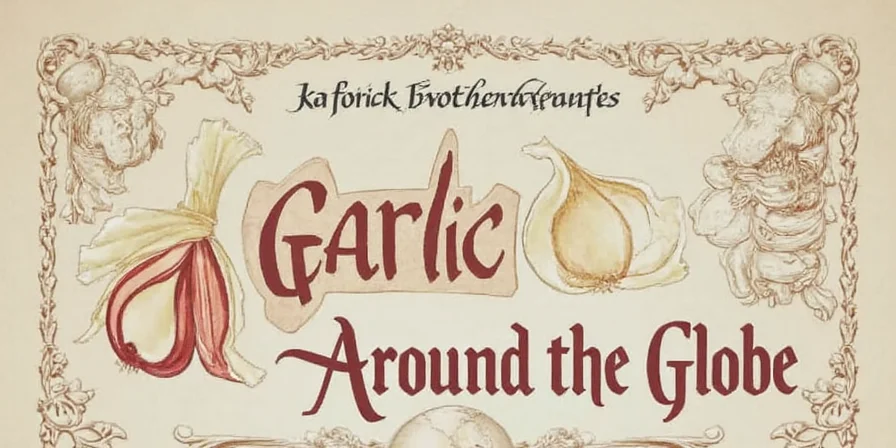
Emerging Garlic Trends You Should Know
Two significant shifts impact how you'll use garlic in coming years:
- Heirloom Varieties: Chefs increasingly source Georgian Red and Korean Mountain garlic for unique flavor profiles - these varieties offer 30% more complex flavor compounds than standard supermarket garlic.
- Black Garlic Innovation: Fermented black garlic now enhances plant-based meat alternatives through umami depth, with applications expanding to gourmet chocolates and craft beverages.
Mastering Garlic: Key Takeaways for Immediate Application
Implement these three practices today for instantly better results:
- Always let minced garlic rest 10 minutes before cooking to maximize both flavor and health benefits
- Store whole bulbs at room temperature in ventilated containers - refrigeration damages flavor compounds
- Use the "two-stage" technique - half cooked for base flavor, half raw for finishing - in all garlic-forward dishes
These methods, validated by both culinary science and historical practice, transform how garlic elevates your cooking. The ancient bulb's journey from Central Asian mountains to your kitchen proves that some food traditions endure because they work.
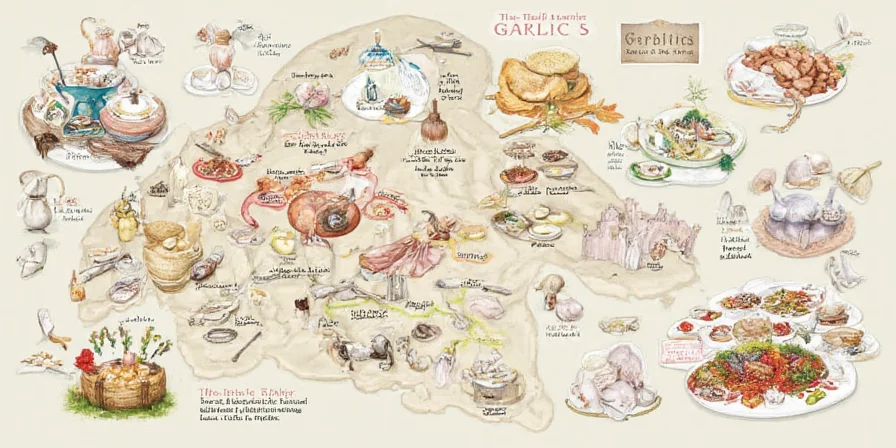

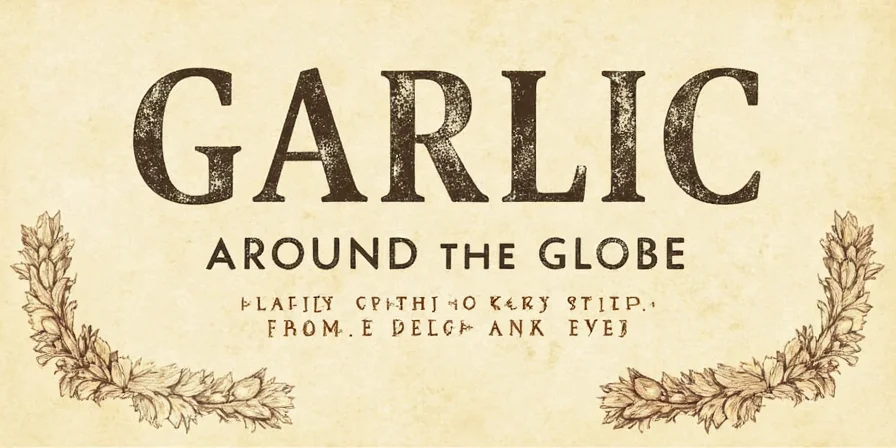









 浙公网安备
33010002000092号
浙公网安备
33010002000092号 浙B2-20120091-4
浙B2-20120091-4